1. Male Honeybee Mating

Think of a clear summer day filled with the buzz of honeybees. Male drones only exist for a single, noble duty: to mate with the queen. Their moment comes high in the sky amid a frenzied chase. If a drone is lucky enough to reach the queen, his genitals erupt in the act, and he plummets to his end moments later. As researchers note, “mating triggers a physical process that ultimately leads to the drone’s death” instantly. Most drones never get their chance and simply die later, but for those who mate, their reproductive role is literally a one-way ticket. The queen, meanwhile, continues her life, using their genetic gift to keep the colony thriving far beyond the short lives of its sons.
2. Pacific Salmon
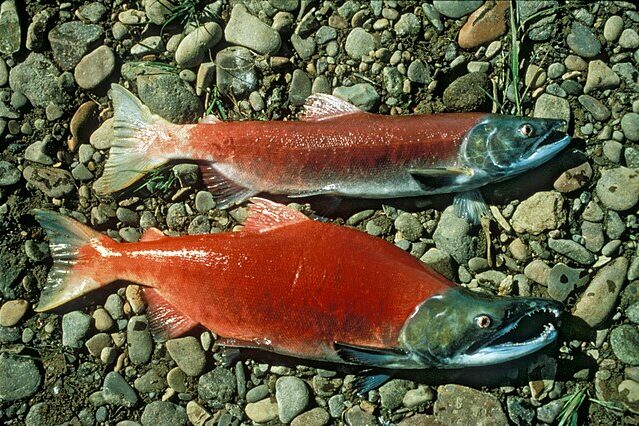
Raised in cool rivers, these fish eventually swim out to the open ocean, growing strong and full of life. When the time is right, they head back upstream, battling rapids and leaping waterfalls, all driven by instinct to spawn in the exact spot where their lives started. The enormous marathon takes a toll: by the time the spawning dance comes, their bodies are battered. Once salmon lay and fertilize their eggs, their bodies quickly deteriorate, they can no longer heal, eat, or escape predators. As one scientist explains, “Salmon essentially age rapidly during the spawning process, decomposing while alive”. Their journey ends in quiet pools, but their sacrifice nourishes everything from forests to bears and even newborn salmon.
3. Male Antechinus
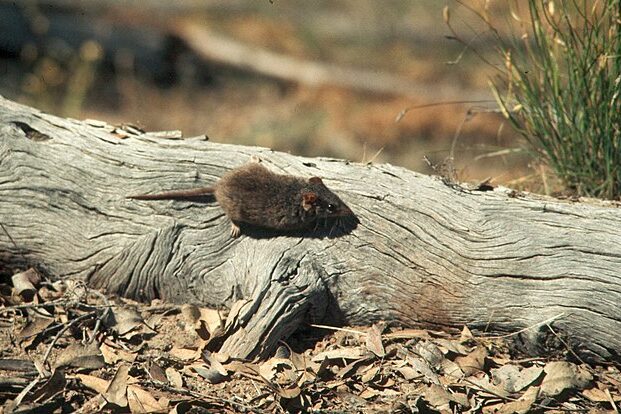
The tiny, mouse-like antechinus might surprise you with the intensity packed into its short life. Each year, males spend up to 14 hours a day in marathon mating sessions, driven by a surge of hormones. Their bodies push to the brink, no time left for food or sleep. After two or three frantic weeks, stress overtakes their immune systems, and they die, their fur often patchy and worn. This wild approach ensures that every female is fertilized, giving the next generation the best shot at survival. Evolutionary biologists marvel at this self-destructive tactic: “The male’s reproductive strategy is so extreme, it taxes their organs and suppresses immunity”, making their end unavoidable very soon after the breeding frenzy.
4. Female Octopus
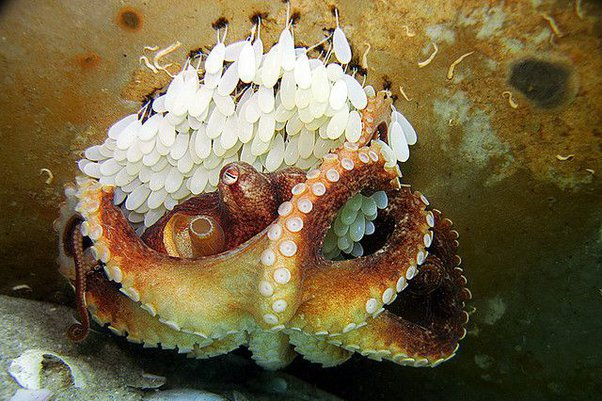
A female octopus’s entire adulthood is focused on giving life to the next generation. After finding a safe den, she carefully lays thousands of fragile eggs and dedicates herself to protecting and nurturing them. She stops eating, watching over her brood night and day, gently fanning water to keep them clean and oxygenated. According to marine experts, “once an octopus lays her eggs, she devotes herself solely to their care and refuses all food, wasting away”. By the time her young hatch and swim away, her body is exhausted and thin, and she dies soon after.
5. Male Octopus
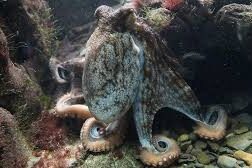
Unlike his mate, the male octopus faces a different, yet equally poignant fate. After his brief window to pass on his genes, he becomes a shadow of his former self, often wandering the seafloor in solitude. “The male octopus starts to deteriorate and usually dies just weeks after mating,” researchers have observed. His body slows as his purpose wanes, signaling that nature’s cycles will continue without him. It’s a quiet exit: the male often finds a sheltered nook on the ocean floor to settle one last time. While his final days are spent alone, his brief legacy ensures the reef’s next wave of curious, color-changing wonders.
6. Praying Mantis
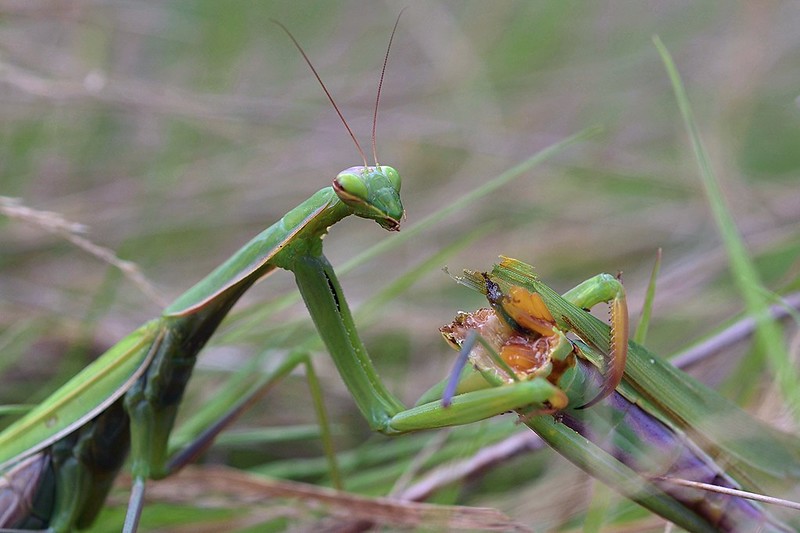
These green acrobats are famous not only for their angled stances but for what sometimes happens at the culmination of a romantic encounter. A male, smaller and more cautious, approaches a female who’s often hungry and merciless. In the wild, he may narrowly avoid her jaws, but in captivity, he’s often less fortunate. “During or after copulation, the female mantis may decapitate and consume her mate, deriving essential nutrients to produce more robust eggs,” Surprisingly, research suggests that even without his head, the male’s body sometimes continues the mating process, as his nerves and instincts push forward in a bizarre twist of biology. While not every male ends up as a meal, enough do to make scientists ponder whether this cannibalistic finale actually boosts the next generation’s odds.
7. Black Widow Spider
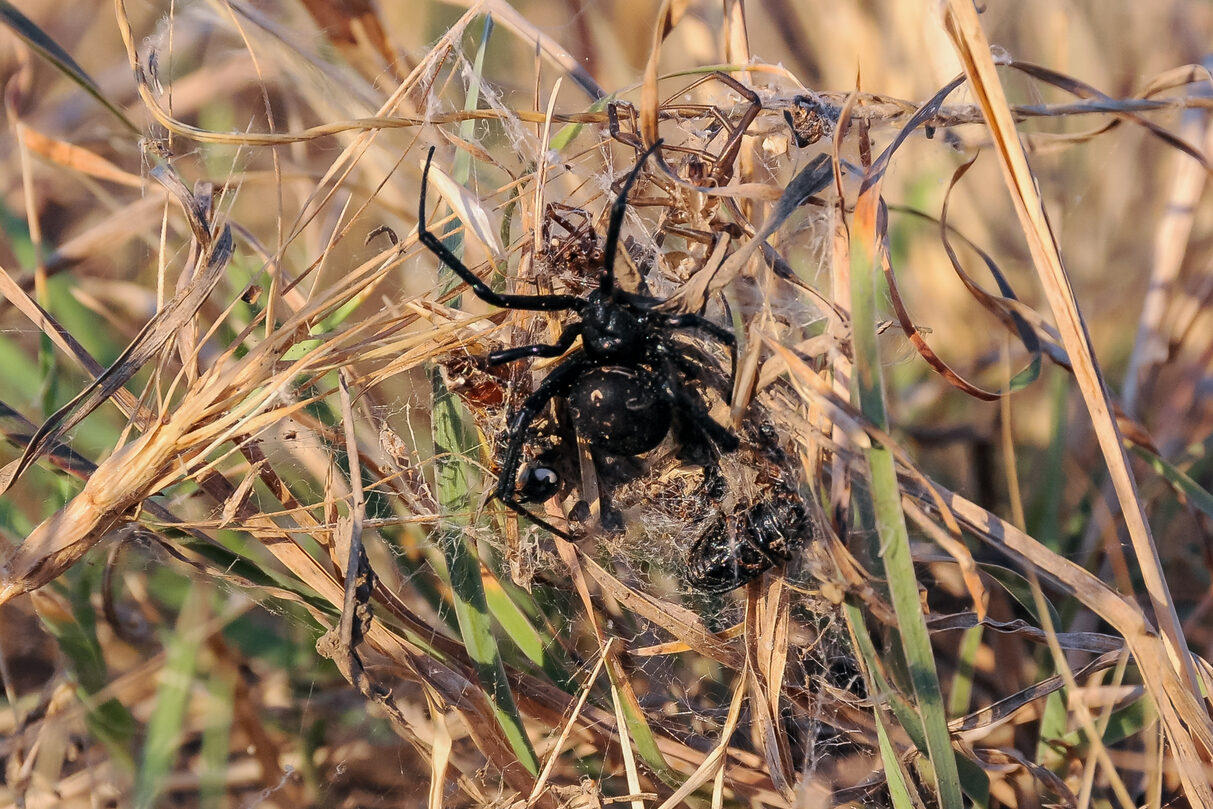
For these famous spiders, mating comes with a catch. The smaller male approaches the much larger, venomous female, performing careful, rhythmic signals so she’ll recognize his intentions. If she’s receptive, he might survive, but if food is scarce or timing is wrong, he could find himself trapped as tomorrow’s lunch. This isn’t just a horror story for the male, sacrificial partners may even help a female lay more eggs, giving their genes the best shot at survival. Whether he lives or dies, the male’s tiny presence is woven into the next clutch, making this web of life strong and interconnected.
8. Anglerfish
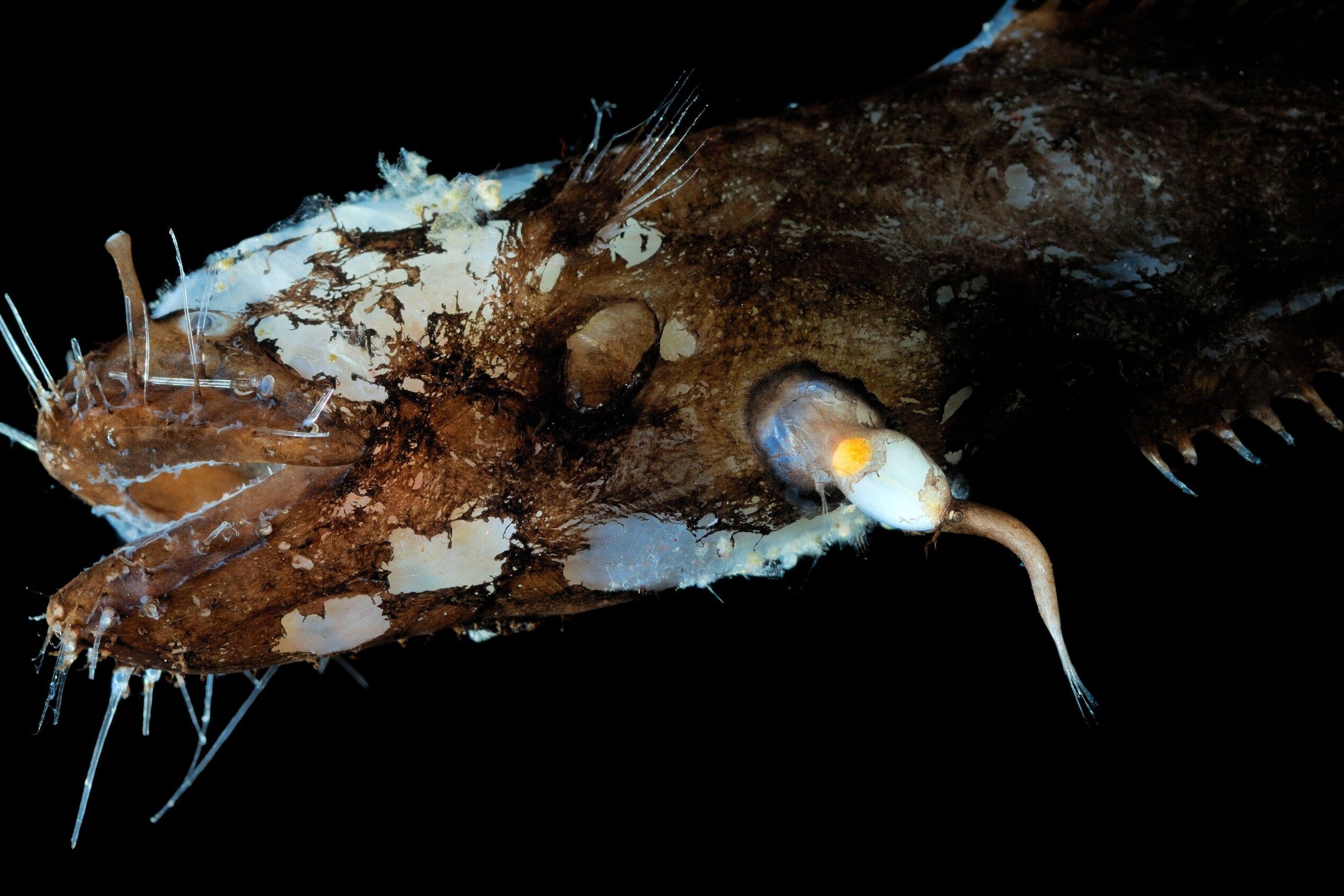
Down here, everything’s scarce, especially mates. So, when a tiny male stumbles across a larger, bioluminescent female, he latches on for dear life, literally. Over time, his body fuses into hers, merging circulatory systems until he loses all independence. Marine biologists observed that, “Male anglerfish are essentially reduced to little more than reproductive organs, supplying sperm whenever the female is ready to spawn,” In exchange, his genetic legacy is passed along whenever she produces eggs. This odd partnership is as much about trust as survival, offering a whole new perspective on commitment.
This story 8 Animals That Die After Mating, Because Nature Only Needed Them Once was first published on Daily FETCH


